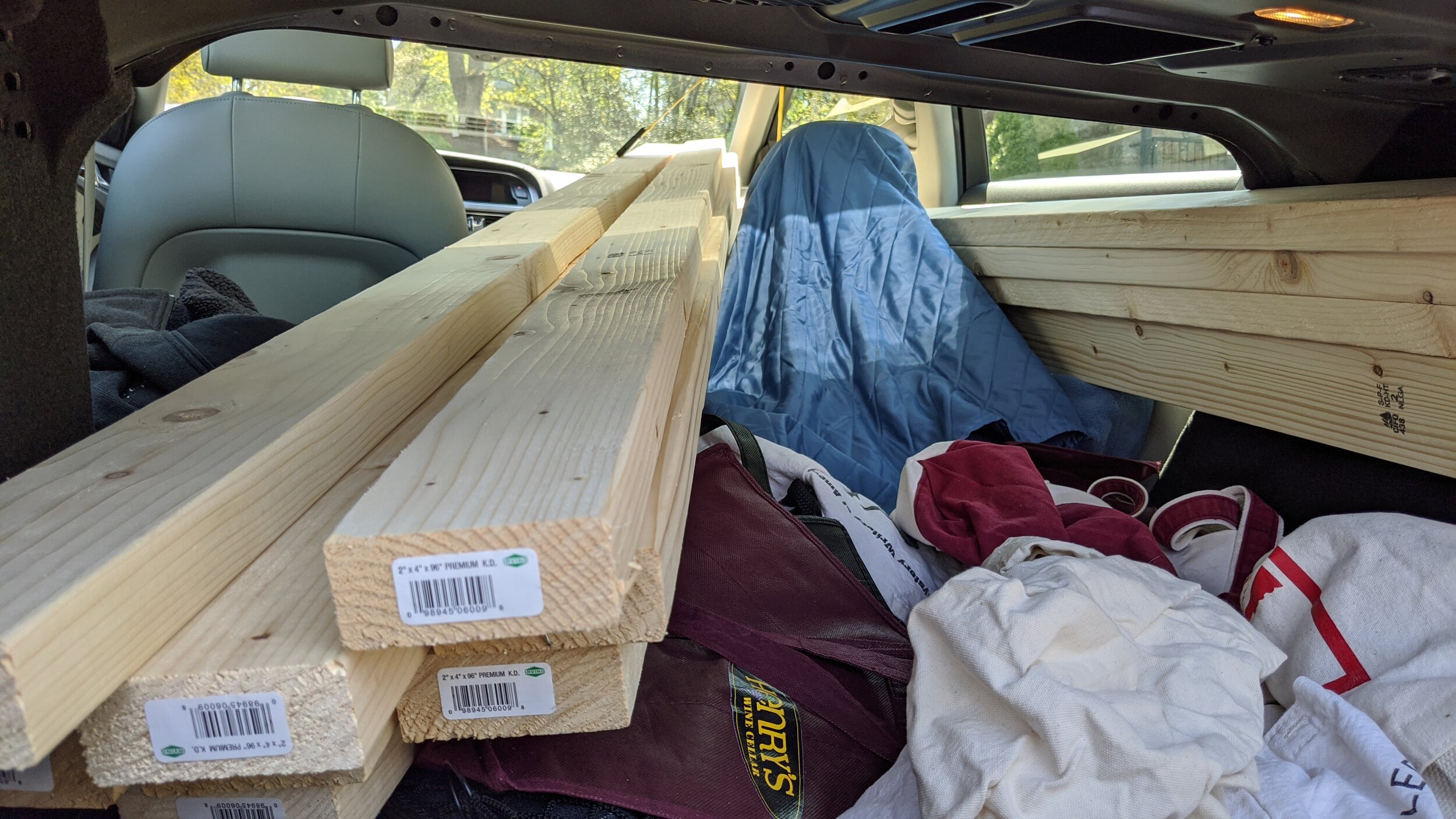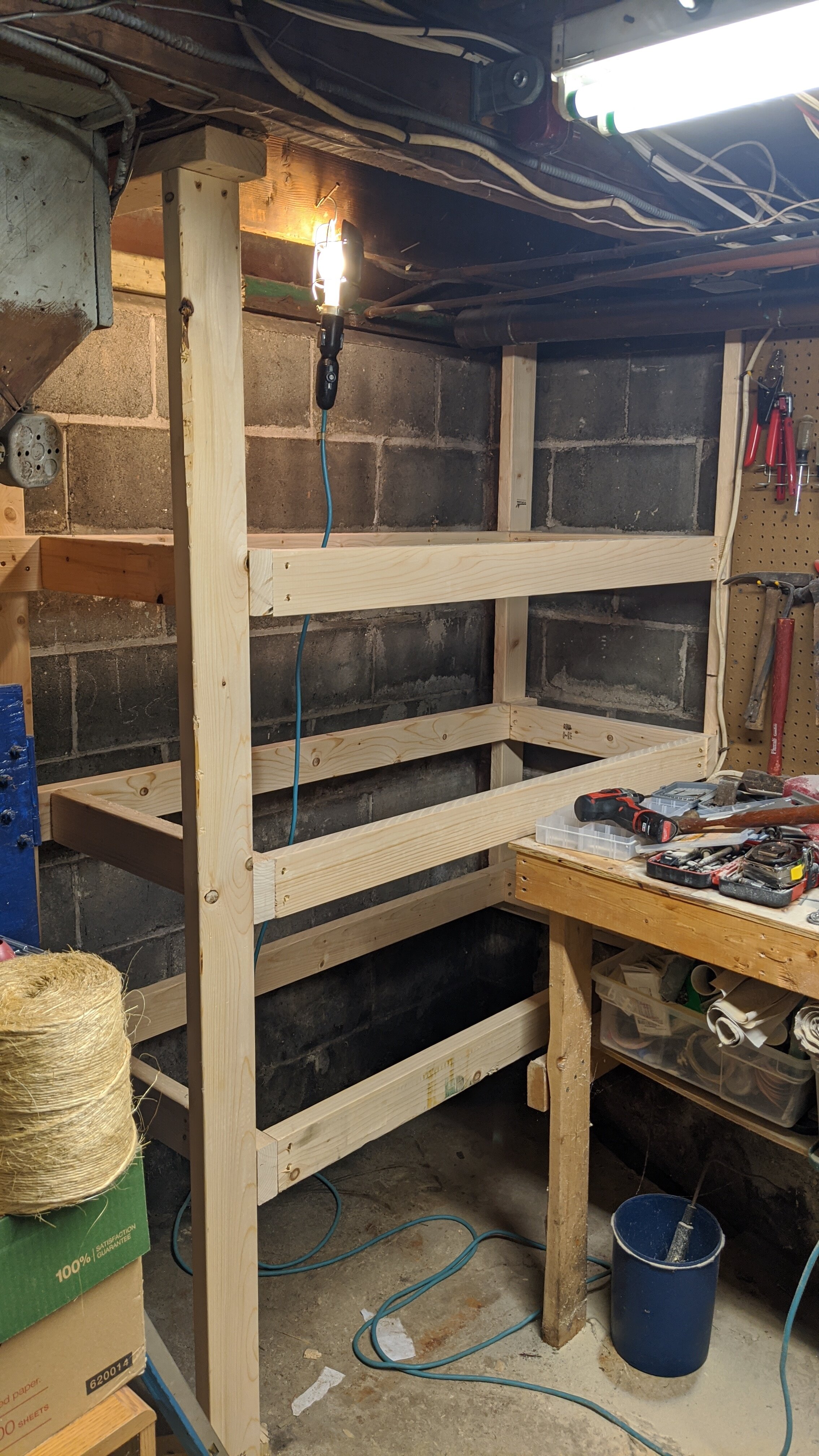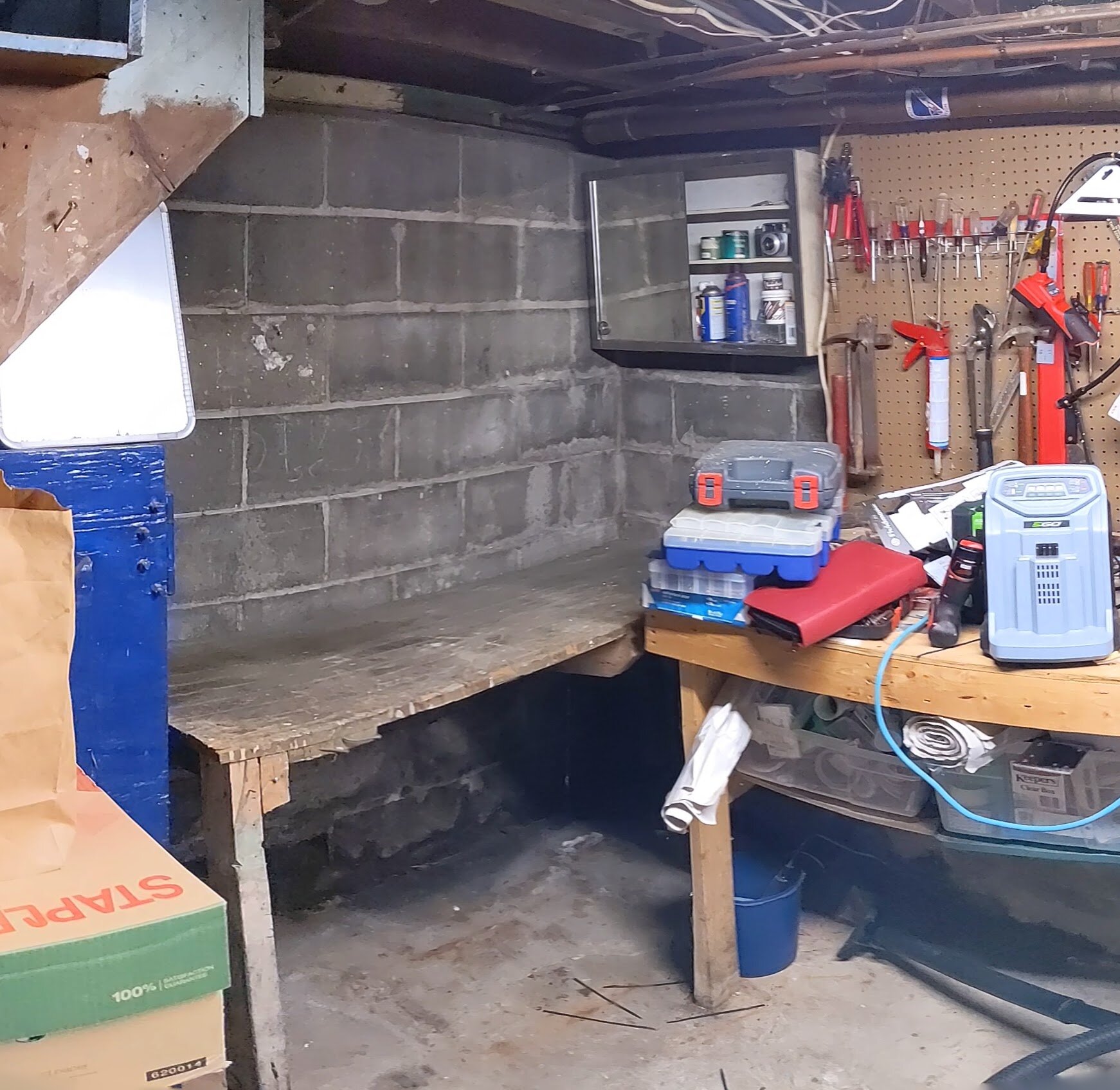Ingredients
2 lbs Pork Shoulder cut into ~1 inch chunks
6 cups roasted tomato, onion, and garlic puree
2 jars of roasted red peppers ( 4-5 peppers ) chopped
1 large onion chopped
4 tablespoons butter
2 tablespoons flour
Kosher salt
Fresh ground pepper
2-3 heaping tablespoons chili powder
1-2 heaping tablespoon cumin
1 teaspoon celery seed
2 oz of baker’s chocolate
1-2 teaspoon aleppo pepper
2 heaping tablespoons of dried sweet basil
1 teaspoon ground coriander
3 tablespoons cider vinegar
2 cans of small red beans, rinsed
Ingredients for hot sauce
6 jalapeno peppers
3 poblano peppers (fresh)
2 heads of garlic
3 tablespoons of tomato paste
2 tablespoons of cider vinegar
Kosher salt
Preheat the oven to 300 degrees fahrenheit.
Instructions
Season Pork Shoulder with Kosher salt and fresh ground pepper and then dredge in the flour.
Melt the butter on medium high heat in a large dutch oven and brown the pork on all sides until nicely brown, 6-8 minutes.
Add the onions and roasted red peppers and saute, scraping the bottom and sides for 5 minutes.
Add the tomato puree, chili powder, cumin, celery seed, aleppo pepper, ground coriander, basil, cider vinegar and baker’s chocolate
Turn up the heat to high and bring to a simmer stirring.
Once it reaches a simmer, remove from heat, cover and put in the 300 degree oven for one hour
After one hour add beans, stir and return for another hour.
Check that Pork is falling apart tender and then serve with Hot Sauce
Hot Sauce Instructions
Stem, halve, remove seeds and ribs from the peppers.
Arrange skin side up on a baking sheet
Cut the bottom off of each head of garlic and place skin side up on baking sheet
Drizzle peppers and garlic with olive oil
Roast at 300 degrees for one hour
Put peppers in food processor
Squeeze out roasted garlic into food processor
Add tomato paste, cider and salt and any olive oil from baking sheet ( if none add two tablespoons of olive oil)
Puree for two minutes
Serve with Pork Shoulder Chili
Roasted Tomato Puree with Garlic and Onion
Preheat oven to 400 degrees
Core 8-10 medium-large tomatoes and place skin side up on a baking sheet
Peel and halve two medium/large onions on sheet
Cut the bottom off of two or three heads of garlic and place on sheet
Drizzle all with olive oil
Cook for 50-60 minutes at 400 degrees
Let all cool for 15-20 minutes
Place tomatoes, and onions in food processor, pull the skins off of the tomatoes and discard
Squeeze the roasted garlic into the food processor
Puree for two minutes
Use immediately in a sauce or freeze for later use















